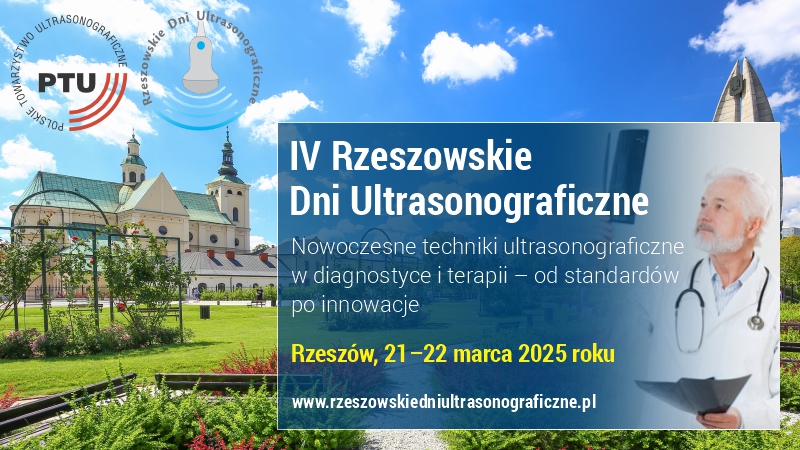Standards of the Polish Ultrasound Society – update. Examination of extracranial carotid and vertebral arteries
Michał Elwertowski1, Grzegorz Małek2
 Affiliation and address for correspondence
Affiliation and address for correspondenceThe role of a standard is to describe examination techniques, recommended norms as well as principles necessary to obtain results and draw appropriate conclusions, rather than a description of pathologies. The paper presents a technique for carotid artery examination as well as currently recommended standards. According to San Francisco Consensus from 2003, a significant stenosis of 70% may be detected when systolic velocity in the internal carotid artery stenosis is >230 cm/s, and the diastolic velocity is >100 cm/s. The common carotid artery velocity is also taken into account. Hemodynamic evaluation is therefore the primary method for the assessment of the degree of internal carotid artery stenosis. It is important that the examination is performed at an insonation angle of 60° as measurements at higher angles result in an exponential increase in measurement error. Also, an extended version of standards involving measurements performed behind stenosis, which are used in some clinics, is included in the paper. The paper further presents guidelines for the description of the identified pathologies, which ensure that the findings prove unambiguous for clinicians, especially when stenosis eligible for surgical intervention is detected. Morphological measurement of stenosis (according to NASCET criteria) is only of supplementary character (confirming morphological grounds for the increase of velocity) and has no critical importance, especially due to high measurement divergence. Description of atherosclerotic plaques, especially hypoechoic ones, which are considered potentially unstable and may lead to a raised risk of stroke, is a very important element of examination. The paper is based on Standards of the Polish Ultrasound Society and updated based on the latest literature reports.






